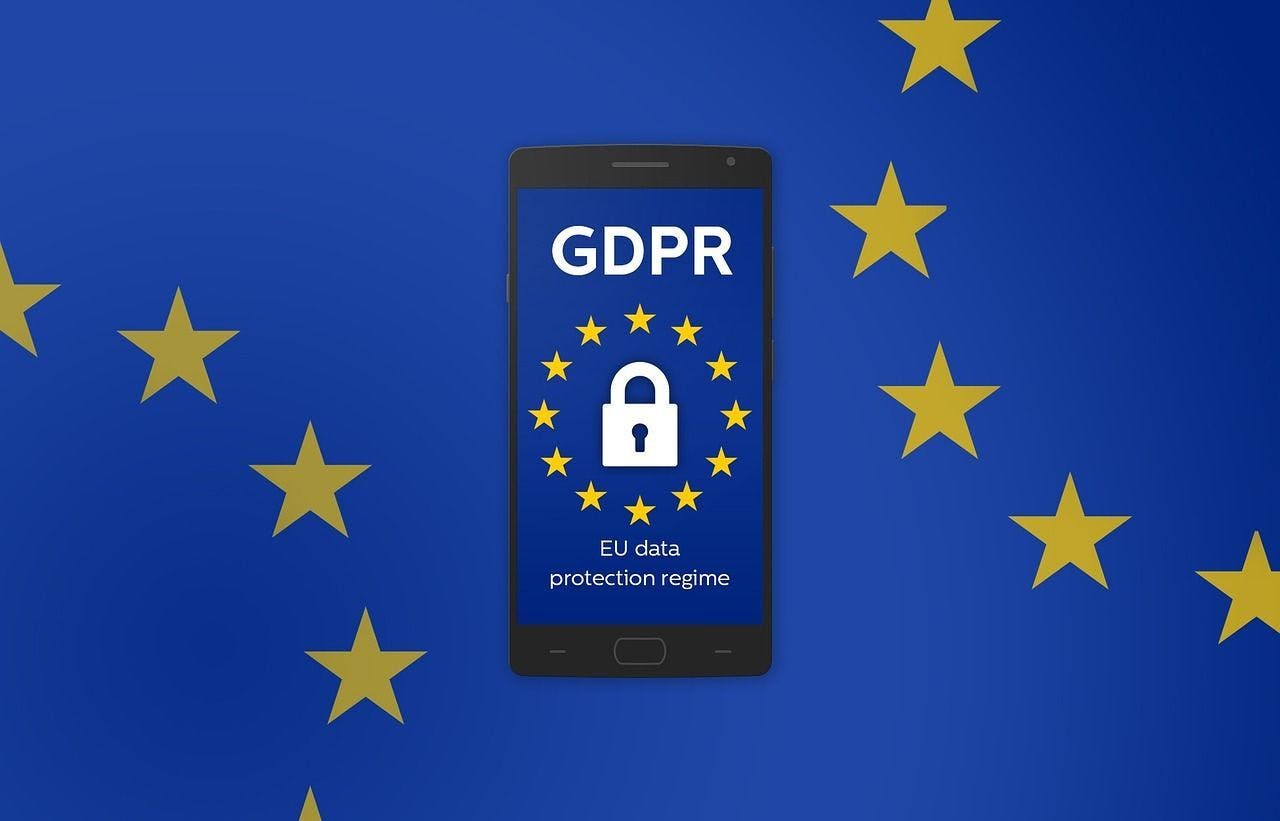
2024-7-6 07:18:10 Author: hackernoon.com(查看原文) 阅读量:2 收藏
The GDPR framework was introduced in Europe in May 2018 and has since become a global reference for protecting user data and privacy in today’s digital society…
In the generative AI era, ChatpGPT, Claude 3, Gemini, and Perplexity AI are major players. Data privacy is crucial, and we need to move from the hype stage to the generative AI privacy focus.
While digital tools are valuable, privacy is even more essential in these turbulent times, as hackers continue to discover new ways to exploit vulnerabilities.
1. What Is Generative AI?
Generative AI refers to artificial intelligence capable of creating new content, including words, images, music, code, video, art…
In this exciting time, people with fewer skills in writing can learn how to write, and those with fewer skills in drawing can generate amazing art. In coding, junior developers can develop their skills with a wealth of knowledge.

2018 was the year the GDPR was enacted in Europe; data is precious it can be in motion, at rest, and in use.
One of the primary requirements of the framework is the right to privacy and the secure processing of personal data.
Data redaction is paramount in protecting sensitive information for better privacy.
Currently, some services allow developers to redact data in every project they are getting involved in.
The advantages are**:**
- Applications can be shipped with privacy in mind.
- Users will adopt new tools in the generative AI with trust over the hype.
- Insecurity costs more than security. Once data is redacted with powerful tools, it becomes difficult for black hat hackers to discover sensitive data easily.
- With the right tools, we can avoid data theft and breaches for better privacy.
Generative AI tools have access to a vast amount of knowledge derived from millions to billions of pieces of trained data. However, if security measures are not properly implemented with a secure-by-design approach, these tools can be vulnerable to exploitation. Once integrated into apps, they can potentially be used for data theft.
On the other hand, powerful AI tools can also be used to redact sensitive information. Additionally, companies are entering the market to address security issues by offering a set of APIs.
With a set of security APIs, we can redact data for better user privacy, and there are advantages to enumerate such as:
- Efficiency: With automated data redaction, we can reduce the time for manual tasks by gaining more time.
- Precision: with a myriad of AI-driven tools, they can detect and redact sensitive information.
- Scalability: Generative AI tools can handle a large amount of data, and once integrated into apps, they can receive thousands of APIs requests daily; it’s an opportunity for several organizations to process large amounts of data.
Data redaction is crucial in today’s society; people desire enhanced privacy, not just a slogan! Companies that prioritize customers invest their efforts in data protection.
Here are the steps for data redaction:
1. Identify and Classify Sensitive Data
Machine learning plays a valuable role in identifying and classifying sensitive data within large datasets. Technology is incomplete without data! The strength of algorithms lies in their ability to be trained to detect personally identifiable information, such as phone numbers, street addresses, IP addresses, and financial information.
2. Generative AI Model Implementation
By automating the redaction process, the models can replace sensitive data with non-sensitive information; it can be used as an alternative when needed.
3. Validate Outputs
GDPR is the primary framework for regulating data privacy. The process involves validating redacted data for accuracy to prevent leakage of sensitive information. Continuous monitoring is required.
Data privacy should not just be a slogan. With the numerous services available today from various vendors, it's possible to integrate a set of APIs into every project with just a few lines of code.
These services can include audit logs, data redaction, encryption, and access control to enhance security.
Conclusion
Data privacy should not be just a slogan. With the multitude of services available, we can redact data to enhance privacy. In the era of generative AI, there will likely be more attacks from black hat hackers who actively learn and understand user behavior using AI tools. They can exploit vulnerabilities and harm users by using malware, rootkits, and keyloggers to steal data.
Using GDPR-compliant services is a great way to ensure that data is redacted and that users are protected from harmful attacks.
如有侵权请联系:admin#unsafe.sh